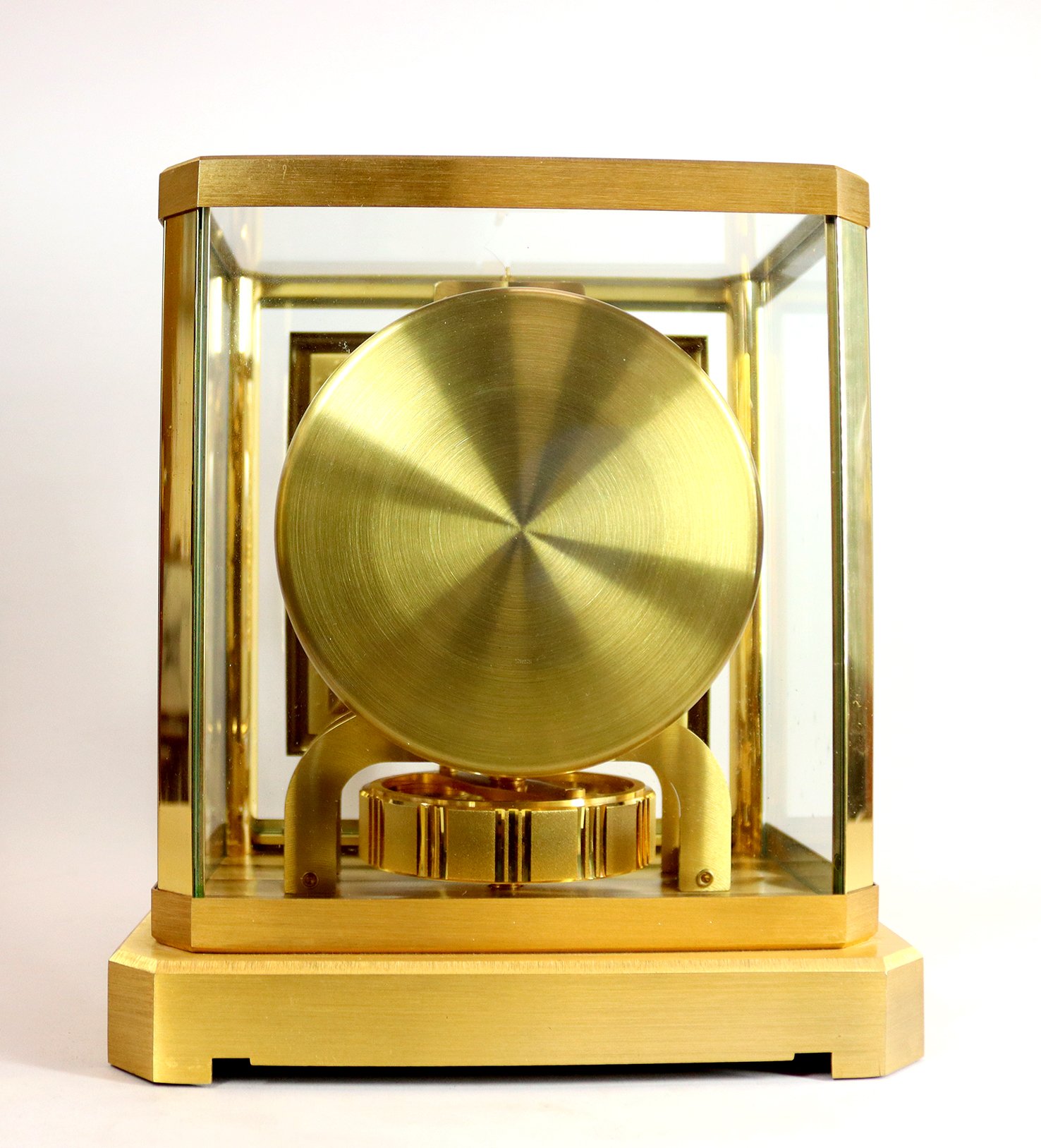 Image 1 of 8
Image 1 of 8

 Image 2 of 8
Image 2 of 8

 Image 3 of 8
Image 3 of 8

 Image 4 of 8
Image 4 of 8

 Image 5 of 8
Image 5 of 8

 Image 6 of 8
Image 6 of 8

 Image 7 of 8
Image 7 of 8

 Image 8 of 8
Image 8 of 8









Jaeger Le Coultre Atmos Clock
A beautiful Atmos Clock By Jaeger Le Coultre numbered 390889, with a square dial with gilded Arabic numerals and battens and smoked tip hands.
This example dates from circa 1970 and the mechanism is housed in a gilt brass case with a brushed pedestal. The glass sides allow you to see the ingenious movement for all angles. These Atmos Clocks come in variety of designs, and this stylish example of Mid-Century design is one of our favourites.
The ‘Atmos’ first invented in 1928, has no external power source and never needs to be wound by hand. It isn’t powered by a suspended weight, as most pendulum clocks are. The Atmos clock gets its power from minute changes in atmospheric temperature, hence its name. Within a sealed capsule, a mixture of gases expand and contract with each temperature change. This is how the mechanism winds naturally without any human intervention.
23cm H x 21cm W x 17cm D
A beautiful Atmos Clock By Jaeger Le Coultre numbered 390889, with a square dial with gilded Arabic numerals and battens and smoked tip hands.
This example dates from circa 1970 and the mechanism is housed in a gilt brass case with a brushed pedestal. The glass sides allow you to see the ingenious movement for all angles. These Atmos Clocks come in variety of designs, and this stylish example of Mid-Century design is one of our favourites.
The ‘Atmos’ first invented in 1928, has no external power source and never needs to be wound by hand. It isn’t powered by a suspended weight, as most pendulum clocks are. The Atmos clock gets its power from minute changes in atmospheric temperature, hence its name. Within a sealed capsule, a mixture of gases expand and contract with each temperature change. This is how the mechanism winds naturally without any human intervention.
23cm H x 21cm W x 17cm D
A beautiful Atmos Clock By Jaeger Le Coultre numbered 390889, with a square dial with gilded Arabic numerals and battens and smoked tip hands.
This example dates from circa 1970 and the mechanism is housed in a gilt brass case with a brushed pedestal. The glass sides allow you to see the ingenious movement for all angles. These Atmos Clocks come in variety of designs, and this stylish example of Mid-Century design is one of our favourites.
The ‘Atmos’ first invented in 1928, has no external power source and never needs to be wound by hand. It isn’t powered by a suspended weight, as most pendulum clocks are. The Atmos clock gets its power from minute changes in atmospheric temperature, hence its name. Within a sealed capsule, a mixture of gases expand and contract with each temperature change. This is how the mechanism winds naturally without any human intervention.
23cm H x 21cm W x 17cm D
